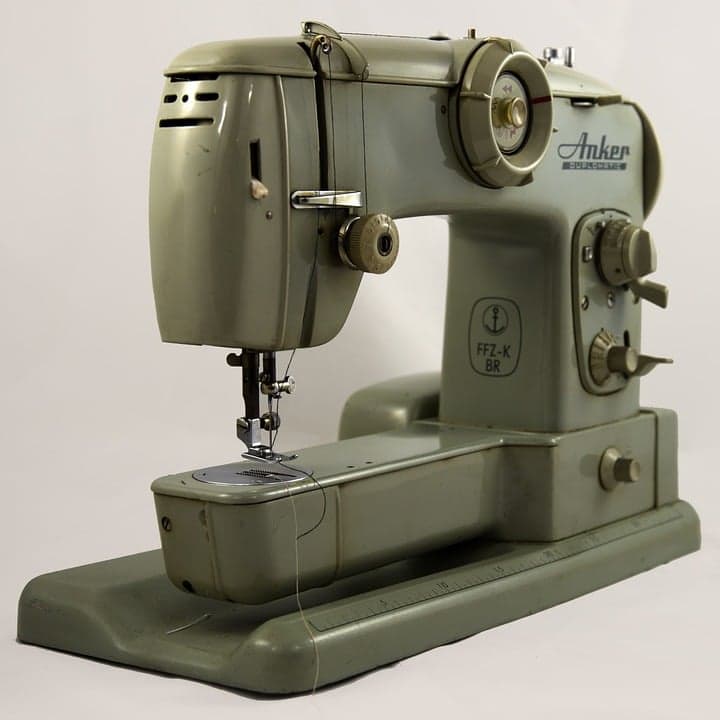Published:
This is part five of a five-part blog series on the evolution of the textile industry over time.
Traditionally, manufacturing and resource processing has been done in a factory setting with labor needs relying on human capital. Labor trends tend to coincide with factors like wages, working conditions, and more recently, technology. So far, this series has looked at the evolution of the industry in an international context, starting with its role in the formation of the first international commercial highway. Textile production continued as an international industry into the 18th century. The Industrial revolution brought technological advances like the spinning jenny and cotton gin, marking the first instances of machines making their way into production. Next, we looked at labor conditions throughout the industry—specifically the working conditions in developed and developing countries. As we look toward the future of labor, advancements in the textile industry will continue to have international ramifications.
In recent years, the textile industry, along with other labor-intensive industries, experienced a shift away from local facilities to take advantage of the low wages and production costs overseas. However, as consumer preferences evolve and demand rises, convenience and speed are now crucial factors for companies to remain competitive. One way companies are meeting these demands is by incorporating automation into their manufacturing.
The future of the textile industry heavily relies on the development and implementation of advanced technologies. Advancements are commonly presented in the form of robots, especially for industries still reliant on human capital. The last significant technological advancement for the textile industry was the sewing machine in 1842; today, robots are being developed to be able to sew together pieces of fabric and create ready-to-wear products through 3D printing.
Automation of the industry would have repercussions internationally as well as on local economies and their workforces. In developing and developed countries, textile production often occurs in a low-pay, high-risk working environment. By automating aspects of the process, risks associated with long work days and poor conditions would decrease. Even further down the line, full automation would disrupt the industry entirely.
With labor costs out of the equation, it is anticipated for plants to relocate to be closer to their major markets. Convenience and speed are important factors for companies and consumers, and investing in robotics boosts both. The hefty initial investment could be a turnoff for some, but those willing to make the financial sacrifice will benefit from their increased productivity, among other things. Without labor as a consideration, supply chain, infrastructure, consumer market, and a skilled workforce to maintain the robots are the main factors companies will be focusing on.
To learn more about apparel and textiles, head to our globalEDGE page on the industry. To read the other blogs in this series, follow the links below:
The Evolution of the Textile Industry Series Introduction
The Silk Road: The International Ramifications of Ancient Textile Trade
The Textile Industry During the Industrial Revolution
Working Conditions in the Textile Industry
Note: This blog was written by Ashley Smith and published by Andrew Good.
File under






